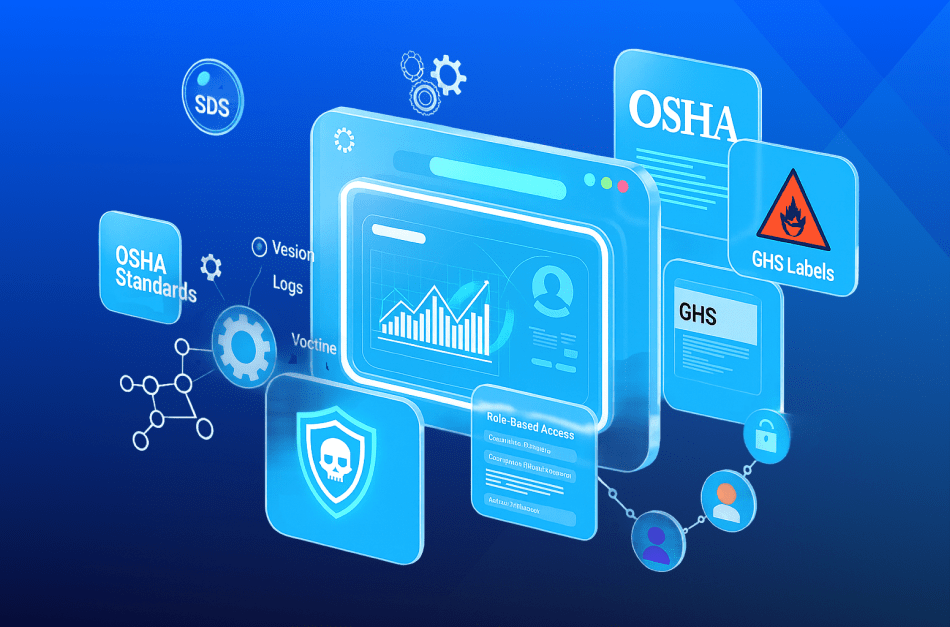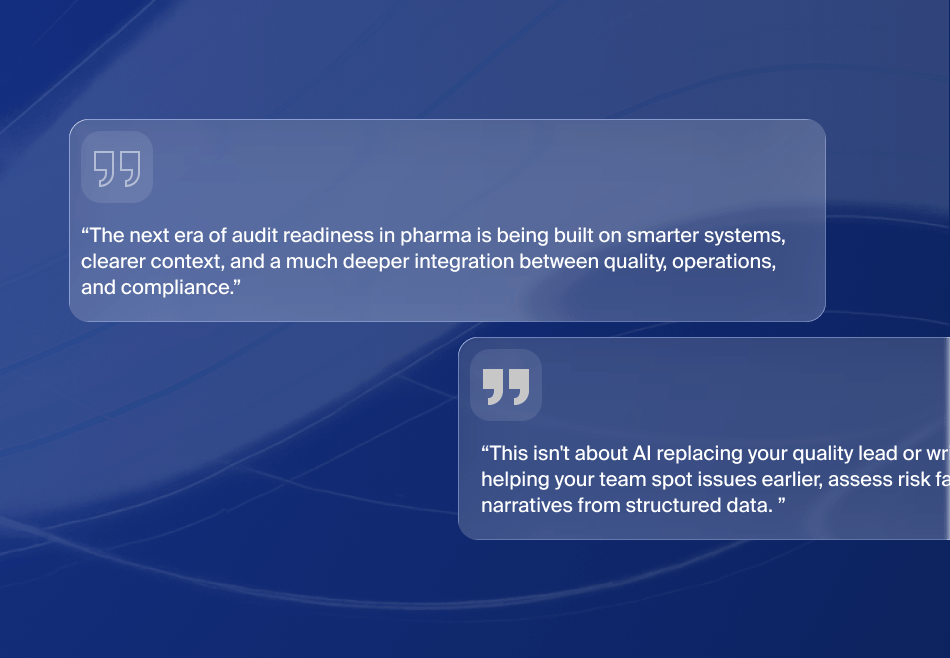Introduction
A relatively new term making waves in business is “pharmerging markets.” What does the term mean and why should pharmaceutical manufacturers care? The short version is these markets are expected to grow at a faster rate than the rest of the world.
Add in potentially catastrophic supply chain issues and it’s now a great time to invest in markets closer to where active pharmaceutical ingredients are produced. This includes China, India and those in Southeast Asia.
One definition is, “a group of countries having a low position on the pharmaceutical market, but having a fast pace of growth. Those are China and India and to a lesser extent, Brazil, South Africa and other countries,” IGI Global states.
Imarc adds Russia, Mexico, Indonesia, Turkey and others, placing them into three tiers. China is the lone Tier 1 entry.
Tier II contains:
- India
- Brazil
- Russia
- South Africa
Tier III pharmerging countries include:
- Argentina
- Mexico
- Poland
- Ukraine
- Turkey
- Saudi Arabia
- Egypt
- Algeria
- Nigeria
- Thailand
- Indonesia
- Pakistan
All of these countries share two important characteristics:
- They have a per capita gross domestic product (GDP) threshold of $25,000.
- They saw a spending increase of at least $1 billion from 2012 – 2016, though only part of that was in medicines.
Growth Rates
Figure: 1 Expected Growth Rate of Pharmerging Markets by 2025
Key Changes in the Outlook
- 1.2020: -1.8% (-$23Billion)
- 2.2021: +0.6% above pre-COVID-19 growth; +2.3% above 2020 growth
- 3.Current outlook including vaccines +4% over outlook that excludes vaccines due to ~$50-55billion vaccine spending in both 2021 and 2022, later reduced as volume shifts to biennial boosters and price drops over time
- 4.Expected budget pressures will emerge from longer-term pressures of sustained pandemic
- 5.Vaccine spending declines as biennial boosters and costs decline in endemic phase, followed by overall growth returning to expected levels
The 6-year cumulative delta on 2020-2025 spending excluding Covid-19 vaccines is -$4 billion globally.
Sources: IQVIA Market Prognosis, Sep 2020; IQVIA Institute, Mar 2021
Pharmerging markets are expected to have a combined annual growth rate (CAGR) from 6% -9% through 2025, reaching $1.4 billion by 2024. By comparison:
- Developed nations will grow at no more than 3%
- The rest of the world will grow 2% to 5%
- The overall global growth rate is anticipated to be 3% – 6%
- The U.S. market will grow no more than 3%, possibly less
Pushing the need for prescription drugs and targeted medical therapies in these countries are aging populations, more public hospitals and a heavier burden caused by chronic disease, Pharmaceutical Processing World states. The result is increased pharmaceutical spending since 2016.
A key note, industry research firm IQVIA states, is this growth excludes spending on Covid-19 vaccines. The cumulative spending on Covid-related vaccines, treatments and related products should hit $154 billion.
Get a consultation to learn more about the essential factors to consider when exploring pharmerging markets.
Fueling Pharmerging Growth
Access to healthcare has historically been a driving force in the use of medicines within the Tier II and Tier III countries. However, IQVIA sees a slowing trend with volume decline across many markets.
However, China’s use of non-Covid pharmaceuticals is expected to accelerate, especially once the pandemic dies down. Changes in the use of medicines, with demands for new vaccines plus shifts in demand for existing therapies and patient behaviors, will also have an impact on the global pharmaceutical market.
These same countries with lower incomes also have dramatically lower access to medicines. The result is an increased demand, especially in those countries where access to quality healthcare is improving.
Highlights of IQVIA’s report include:
- The largest aggregate contributors to growth in the next five years are immunology, oncology and neurology.
- Oncology and immunology are forecast to grow at 9-12% CAGR through 2025.
- Oncology is expected to add 100 new therapies for migraines and possibly Alzheimer’s and Parkinson’s along with other, rare neurological diseases.
Selling in pharmerging markets may sound like a “no brainer” to some corporations but it comes with a critical catch right now: Covid-related issues have the world’s supply chains on the brink of collapse.
Supply Chain Failure?
In areas that pre-Covid rarely saw more than one or two ships waiting to dock, the Ports of Los Angeles and Long Beach had 72 ships at sea on Oct. 4, 2021, an Oct. 6, 2021 story on CNN.com states.
Before Covid, most ships went straight to a berth. Now? There’s an average 10-day wait to get in, unload and reload.
“It’s like taking 10 lanes of freeway traffic and moving them into five when the cargo gets here to the port,” Gene Seroka, executive director of the Port of Los Angeles, told CNN International on Oct. 5. “We’re having difficulty absorbing all of that cargo into the American supply chain,” CNN states.
Adding to port woes are a lack of truck drivers to move containers along the supply chain into warehouses. Delays in unloading also cause problems with getting empty containers where they are needed. Manufacturer’s can’t send large volumes of goods overseas when they don’t have containers to ship them. It’s either not enough empties or having empties in one port when they are desperately needed in another.
The effects of these supply chain issues are quickly reverberating back to consumers.
“Say hello to your pandemic price increase,” the headline of an Aug. 12, 201 column in SupplyChainDive states.
Gaps in the supply chain cause buyers to look at smaller suppliers to meet raw and unfinished materials demands. The result is procurement professionals are finding new suppliers, sometimes at a better price than their old standbys, the article states.
Now comes the question many pharmaceutical companies need to ask: Can they keep production on schedule even with a uncertain supply chain?
Technology is Part of the Solution
Enterprise Resource Planning products like Microsoft Dynamics 365 and its Supply Chain Management module can help. It makes tracking essential precursor materials pharmaceutical companies much easier. It can track APIs from the time they leave a factory in India to the moment they land in a production warehouse. From there, accurate labeling using barcodes and QR codes lets these companies know where every item, batch, lot and pallet goes.
Other software equipped with artificial intelligence can quickly produce usable supply chain information. When did we order this? Was it delivered in time to meet our needs? Is there someone else closer, either to our production facilities or our customers, that can ensure we meet our contractual obligations?
ERP software can also help forecast not only supply but demand and where that demand might be the greatest. If demand is in a pharmerging market close to where a company gets its raw materials, there might be a justification to build a new facility. Not having to cross oceans will reduce shipping costs and extensive delays.
Final Thoughts
Businesses don’t run in a vacuum. Supply chains that affect cars and consumer goods also impact pharmaceutical companies. Keeping very close track of where raw materials are produced, how long it takes for them to arrive are just as important as the time spent producing finished goods and then shipping them to the customers.
Implementing a solution like Microsoft Dynamics 365 Supply Chain Management goes a long way to removing the guesswork.









